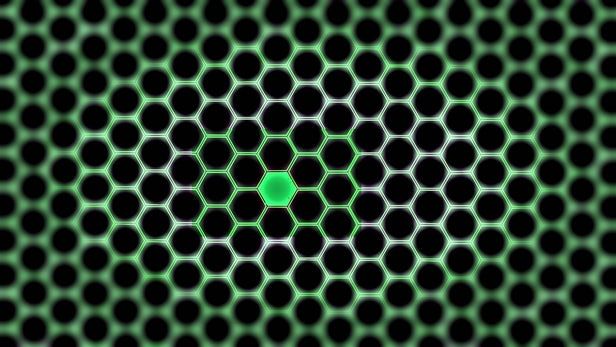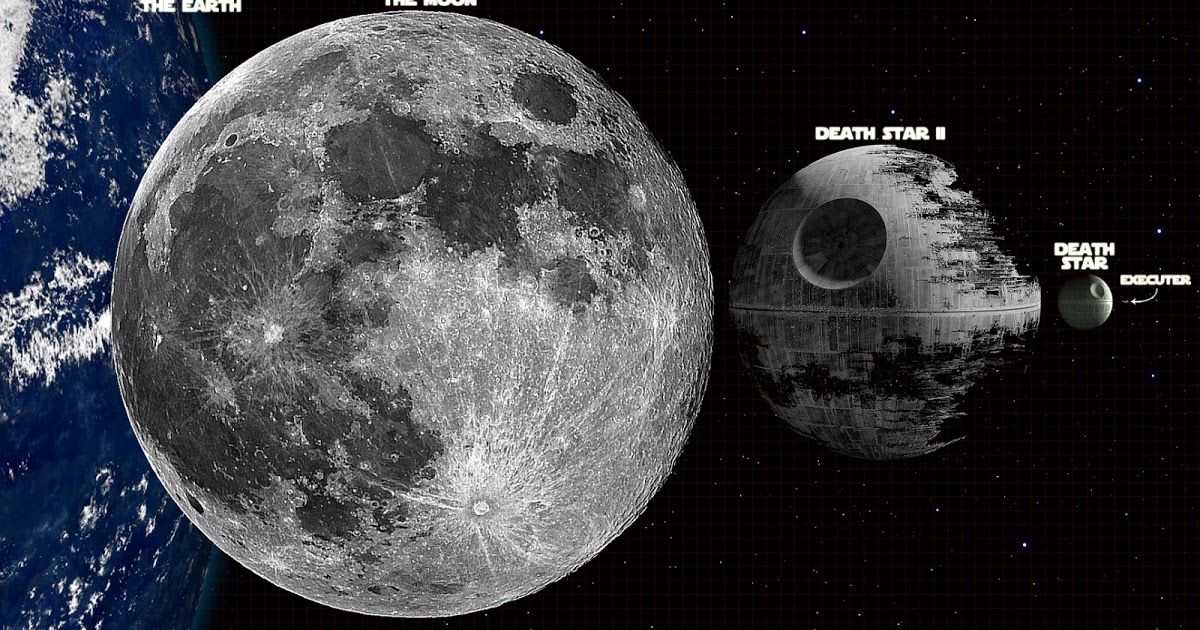Jan 22, 2017
Learn How This Family Grows 6,000 Lbs Of Food on Just 1/10th Acre – Urban Homestead
Posted by Montie Adkins in category: food
There 7.68 billion acres of arable land. if everyone did this and lived one one tenth of an acre then that’s room for 76 billion people just on the arable land where there is actually 36 billion acres of land on the planet.
If farming were turned into vertical farming building with ten floors a piece at 1/10th and acre per level that’s 760 billion. At 100 floors that’d be 7.6 trillion. I would need to review an Isaac Arthur video about the maximum occupancy of the planet, there may be heat problems with trillions of people on the planet.

















